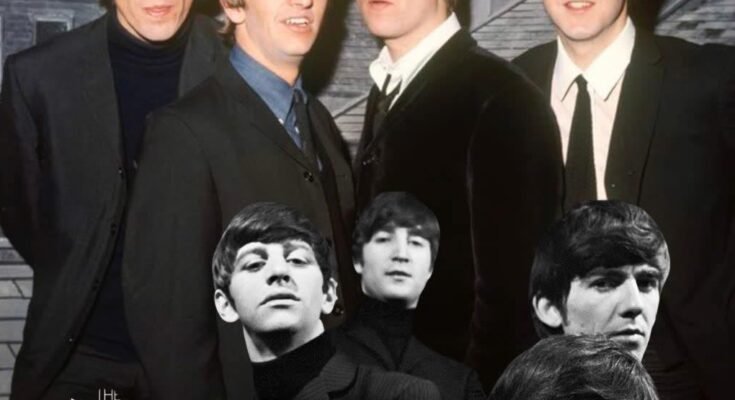By the mid-1960s, The Beatles had already conquered the world.
But behind the clean-cut image and pop melodies, something was shifting — inside their minds and inside their music.
That shift had three letters: LSD.
Psychedelic drugs didn’t just influence their behavior — they completely transformed their creative process, their sound, and the future of music itself.
Two albums in particular became landmarks of this transformation:
🎧 Revolver (1966)
🎧 Sgt. Pepper’s Lonely Hearts Club Band (1967)
Let’s explore how one little tab of acid helped turn The Beatles into pioneers of psychedelic rock — and why it changed everything.
From Pop Stars to Mind Explorers
It began with a dinner party.
John Lennon and George Harrison were unknowingly dosed with LSD by a dentist friend in early 1965. The experience blew their minds — literally.
Soon after, Paul and Ringo followed suit.
LSD opened doors the band didn’t know existed. It blurred boundaries, expanded perceptions, and flooded their creativity with surreal, dreamlike ideas.
They began thinking beyond radio-friendly love songs — toward abstract concepts, spiritual symbolism, and experimental soundscapes.
Revolver: The First Trip Into the Unknown
Released in 1966, Revolver was the first real sign that The Beatles had changed.
It wasn’t just pop anymore — it was philosophical, trippy, and musically daring.
Songs like:
-
🎶 “Tomorrow Never Knows” — inspired directly by LSD and The Tibetan Book of the Dead, with tape loops, reversed sounds, and a drone-like groove.
-
🎶 “She Said She Said” — drawn from a conversation Lennon had while high.
-
🎶 “I’m Only Sleeping” — drenched in dream-state haze, mirroring a drifting mind.
Revolver didn’t just push boundaries — it redefined what an album could sound like.
Sgt. Pepper: A Full-Blown Psychedelic Symphony
By 1967, The Beatles fully embraced their new direction.
Sgt. Pepper’s Lonely Hearts Club Band wasn’t just an album — it was a conceptual experience.
It exploded with colors, character, and creativity — all deeply rooted in the mind-expanding influence of LSD.
-
🎨 “Lucy in the Sky with Diamonds” (often rumored — though denied — to reference LSD) felt like a kaleidoscope of fantasy.
-
🌌 “A Day in the Life” fused classical crescendos, absurdist lyrics, and existential wonder into a stunning finale.
-
🌀 The entire album took listeners on a sonic trip, with sitars, circus organs, ambient textures, and nontraditional structure.
It changed the way albums were written, recorded, and perceived — moving from collections of singles to immersive experiences.
The Legacy of Their Psychedelic Era
LSD didn’t just change The Beatles — it changed music.
They inspired a wave of artists to experiment freely, both in sound and style.
They helped launch the psychedelic rock movement and influenced genres from prog rock to electronic music.
More than that, they showed the world that music could be limitless — a true reflection of the human mind.
Final Thought
Love it or fear it, there’s no denying this:
LSD was a turning point in Beatles history — unlocking their imagination and launching some of the most groundbreaking music ever made.
What began as a chemical experiment became a creative revolution, one we’re still feeling the effects of today.
